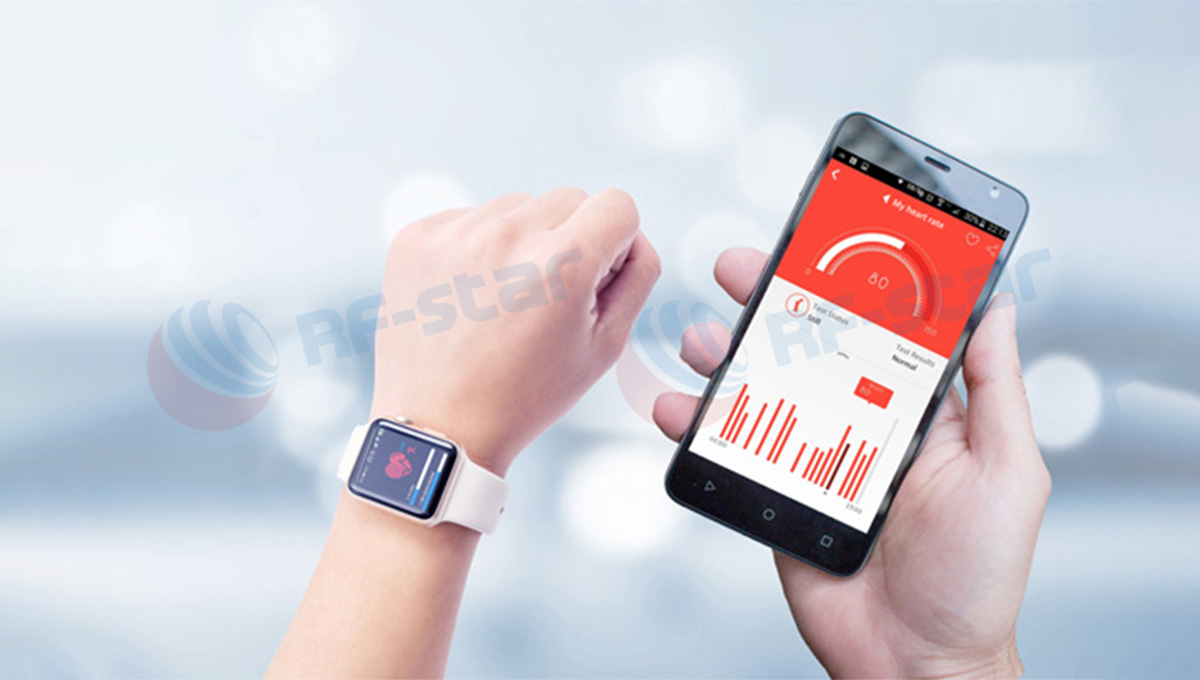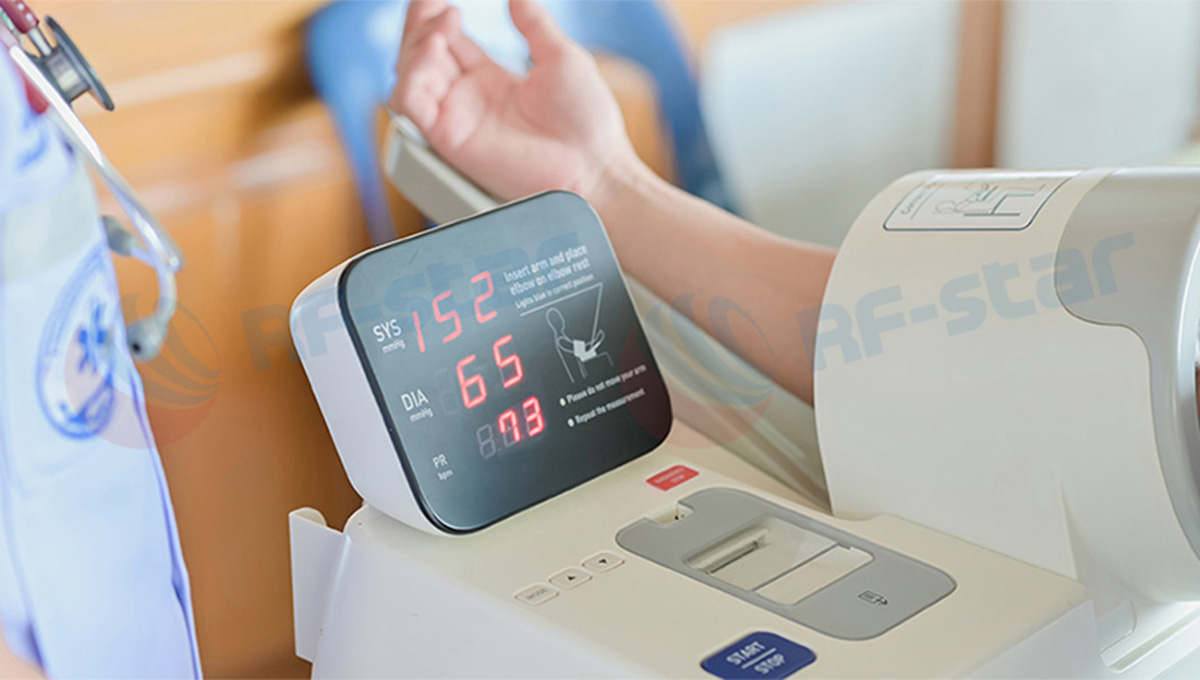The trend of medical and healthcare industry

The global medical and healthcare industry is continuously merging high technologies such as artificial intelligence, Internet of Things, big data, and 5G technology across borders, making medical services a big step toward real intelligence, and giving birth to new medical models such as mobile medical care, smart medical care, and telemedicine, which ushered in an unprecedented opportunity for development. Thus, the global medical electronics market shows profitable growth potential in the next few years.
The combination of sports, health, medical and consumer electronics is an important direction for today's market development. Rich types of modern sensors, with low-power, small-size, high-intelligence, provide technical feasibility for always-on to track and analyze human activity, sleep, physiological indicators, and environmental information in real time. It also represents the direction of future health and medical development.
Wide application of medical electronics

With the increase in the proportion of medical equipment used in people’s daily health care, the safety, reliability, and intelligence of medical electronic products have become the focus of future product design. Therefore, medical and health accessories markets, such as smart device sensors, have become the ones that hardware vendors and developers have actively entered in recent years. RF-star is committed to providing stable and reliable wireless transmission solutions and contributing its own strength to the stable and healthy development of medical electronics.
With the popularization of smart terminals in the whole society and the deepening of projects such as smart medical and smart elderly care, traditional medical service forms are rapidly changing, and medical electronic products with remote diagnosis functions continue to develop rapidly. More and more manufacturers are beginning to implant sensor components and wireless transmission chips in key diagnostic equipment such as patient monitors, oximeters, ultrasound, magnetic resonance, implantable medical devices, and remote health care systems. Meanwhile, adding the network interface to the medical devices is in line with the information network management requirements of medical institutions. The wireless trend is further deepened. The wireless IoT solutions developed by RF-star will greatly help the traditional medical move into smart medical.
Portable medical smart wearable is increasing

With the rise of the concept of connected health, the demand for portable medical smart wearable is increasing. In wearable smart medical electronic products, the power consumption and volume of integrated circuit chips have become important considerations. The sensor is equipped with integrated electronic components with data processing, transmission and other functions. It is designed as a portable wearable product such as a watch bracelet to realize blood pressure and heart rate monitoring, blood oxygen saturation, pulse, body temperature, blood flow, step counting, activity status, and sleep. Circumstances and other functions. What's more important is that the device can be uploaded to mobile terminal devices such as mobile phones through the wireless transmission function to track personal monitoring results. Any potential risks will be prompted to alert. RF-star can supply one-stop solution from the wireless solution to the software development.
In the heart rate, blood oxygen and pedometer detection program, the pressure sensor, light source drive, photoelectric conversion, analog-to-digital conversion, data processing, acceleration sensor, wireless transmission and other integrated functional modules adopt the optimal design to achieve accurate measurement and real-time transmission. Software and hardware customized solutions can be made according to different needs. The rich experience of RF-star enables the medical electronic manufacturers better products in the shortest time.
Dans la solution de pompe d'injection d'insuline portable, le module RF-star BLE peut être intégré pour effectuer une détection dynamique en temps réel, télécharger les données sur l'application mobile et se synchroniser avec le cloud. L'état de fonctionnement de la pompe à seringue peut être clairement vu sur le téléphone portable, et le stockage et l'analyse des données peuvent faciliter le diagnostic et le traitement à long terme du patient.
